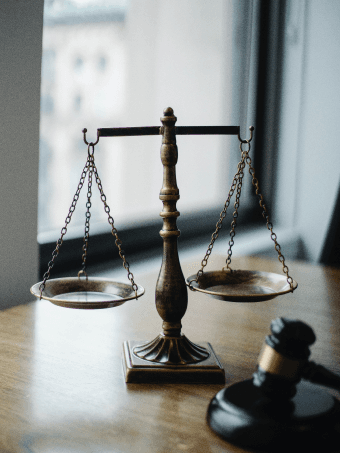
Application success rate in Australia: 5-year trend
Trademark registration in Australia is managed by IP Australia, the government agency responsible for intellectual property rights. It handles the examination, registration, and maintenance of trademarks across the country.
Australia's trademark system has seen fluctuations in success rates in recent years. From a high of over 72% in 2019, the rate has dropped to under 50% by 2023, putting the average success rate at 52.52%, reflecting both increased application volumes and stricter examination standards.
Applications filed in | Registered | Filed | Success rate |
|---|---|---|---|
2019 | 40,732 | 56,126 | 72.57% |
2020 | 37,924 | 62,937 | 60.26% |
2021 | 26,070 | 67,205 | 38.79% |
2022 | 25,169 | 57,661 | 43.65% |
2023 | 31,996 | 64,311 | 49.75% |
Total (average) | 161,891 | 308,240 | 52.52% |

Comparison to major IP Offices
Australia’s 52.52% success rate sits between more challenging jurisdictions like Canada (50.76%) and more lenient ones such as the EU (90.80%). Find out more about how this trademark office compares globally in our full report on trademark success rates worldwide.
Country | Success rate |
|---|---|
Australia (IPA) | 52.52% |
The United States (USPTO) | 56.91% |
Canada (CIPO) | 50.76% |
The European Union (EUIPO) | 90.80% |
The United Kingdom (UKIPO) | 86.22% |
The differences can largely be attributed to:
Examination rigor: Australia’s trademark examiners at IP Australia apply strict standards. They assess distinctiveness, proper classification, and potential conflicts with existing marks. Many applications receive objections that must be addressed, making the process more demanding than in jurisdictions with lighter scrutiny.
Level of applicant engagement required: Applicants must actively manage their applications—responding to examiner objections, making amendments, or submitting evidence if needed. Unlike in some countries where issues are resolved more passively, Australia requires hands-on involvement to keep applications moving forward.
Scope of absolute and relative grounds for refusal: Australia enforces both absolute and relative grounds during examination. Marks may be refused for being too descriptive (absolute) or too similar to existing ones (relative). Examiners raise these issues proactively, not just in response to third-party oppositions, increasing the chance of early refusal if the mark isn’t strong.
How to maximize your chances of registration success in Australia
With a success rate of only 52.52%, successfully registering a trademark in Australia requires careful planning and a strong understanding of IPA procedures. To improve your likelihood of approval, it’s recommended to begin with a comprehensive trademark search to identify any potential conflicts. Ensure that your mark is distinctive and not merely descriptive, and clearly define the goods and services associated with your application.
Working with a qualified trademark attorney is one of the most effective ways to increase your chances. An attorney can help navigate the complexities of the IPA process, respond effectively to Office Actions, and build a solid filing strategy from the start.
If you are currently preparing to submit your first trademark application, we’ve put together a detailed guide on how to strengthen your chances of success, with multiple pieces of advice directly from our trademark attorneys with years of experience. You can also take advantage of Trama’s free lawyer’s check to receive expert feedback on your trademark and guidance on the best steps forward.


